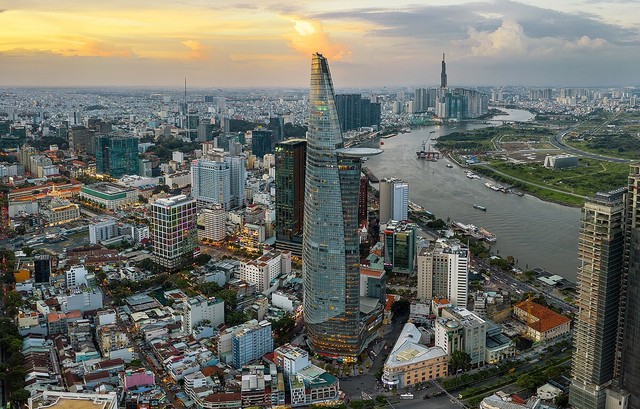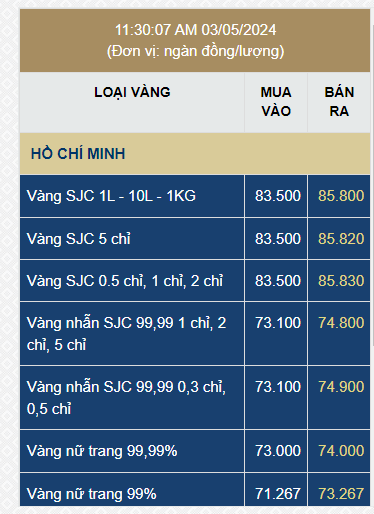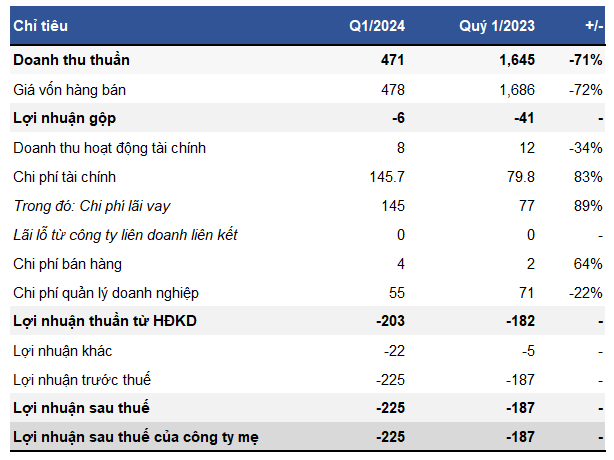
On March 14th, during the 14th session (special session) of the 10th term of the Ho Chi Minh City People’s Council, the delegates voted to pass a resolution on the establishment, division, merger, and renaming of neighborhoods and hamlets in Ho Chi Minh City. Accordingly, the City People’s Council decided to establish, divide, merge, and rename neighborhoods and hamlets as follows:
Thu Duc District will rearrange 199 neighborhoods into 644 new neighborhoods.
District 1 will rearrange 66 neighborhoods into 98 new neighborhoods.
District 3 will rearrange 63 neighborhoods into 112 new neighborhoods.
District 4 will rearrange 51 neighborhoods into 78 new neighborhoods.
District 5 will rearrange 99 neighborhoods into 85 new neighborhoods.
District 6 will rearrange 74 neighborhoods into 106 new neighborhoods.
District 7 will rearrange 53 neighborhoods into 212 new neighborhoods.
District 8 will rearrange 97 neighborhoods into 202 new neighborhoods.
District 10 will rearrange 79 neighborhoods into 116 new neighborhoods.
District 11 will rearrange 63 neighborhoods into 115 new neighborhoods.
District 12 will rearrange 80 neighborhoods into 339 new neighborhoods.
Binh Tan District will establish 130 neighborhoods and 366 new hamlets.
Binh Thanh District will rearrange 89 neighborhoods into 271 new neighborhoods.
Go Vap District will rearrange 186 neighborhoods into 306 new neighborhoods.
Phu Nhuan District will rearrange 60 neighborhoods into 93 new neighborhoods.
Tan Binh District will rearrange 117 neighborhoods into 212 new neighborhoods.
Tan Phu District will establish 68 neighborhoods and 237 new hamlets.
Binh Chanh District will rearrange 05 neighborhoods and 101 hamlets into 13 neighborhoods and 400 new hamlets.
Can Gio District will rearrange 05 neighborhoods and 28 hamlets into 05 neighborhoods and 43 new hamlets.
Cu Chi District will rearrange 08 neighborhoods and 178 hamlets into 13 neighborhoods and 292 new hamlets.
Hoc Mon District will rearrange 08 neighborhoods and 79 hamlets into 09 neighborhoods and 353 new hamlets.
Nha Be District will rearrange 04 neighborhoods and 26 hamlets into 22 neighborhoods and 119 new hamlets.
Prior to that, the Ho Chi Minh City People’s Committee stated that maintaining two levels of neighborhoods, hamlets, neighborhood groups, and community groups in the area is not in accordance with the regulations of the central government. Therefore, the City will streamline its organization. Ho Chi Minh City has 299/312 wards, communes, and townships in 21 districts, and Thu Duc City that need to rearrange neighborhoods and hamlets. Among them, there are 2,008 neighborhoods, hamlets, and 25,369 neighborhood groups and community groups that need to be rearranged.
After the rearrangement, Ho Chi Minh City will have 4,861 new neighborhoods and hamlets (from 27,377 organizations, a reduction of 20,516 organizations; personnel reduction from about 64,293 people to about 43,749 people (a reduction of 20,544 people); scaling down the scale of households in old neighborhoods and hamlets to 500 households for wards and townships and 350 households for communes. Each neighborhood and hamlet will have five titles entitled to monthly allowances including party secretary, neighborhood and hamlet chief, head of Mass Mobilization Board, head of Women’s Union, and secretary of Youth Union branch.
Previously, the Ho Chi Minh City Department of Internal Affairs stated that the two-level model of neighborhood groups and neighborhoods in wards, townships, and community groups and hamlets in communes has been in place since 1985. While provinces and cities nationwide have implemented a one-level model and use the common name of village or neighborhood group.
Since 2012, localities have temporarily stopped division, resulting in many neighborhoods and hamlets having a number of households that far exceed the regulations. For example, there are 13 neighborhoods and hamlets with over 3,000 households, with the highest being nearly 4,700 households, concentrated in District 7, District 12, Tan Phu District, Thu Duc City, and Binh Chanh District.
According to Ho Chi Minh City’s rearrangement plan, only neighborhoods (in wards and townships) and hamlets (in communes) will remain. In terms of population size, neighborhoods will have 500 or more households, while hamlets will have 350 or more households (the area is not specified).
For neighborhoods and hamlets that have been operating stably and have unchanged borders, the population size can be slightly higher or lower than the prescribed level to maintain the status quo.










































